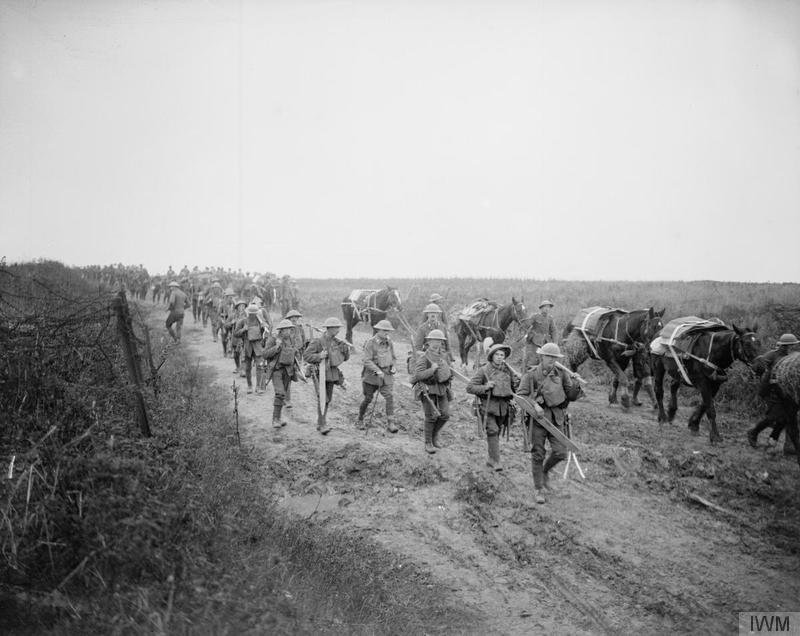The Battle of Cambrai, which took place on November 20, 1917, during World War I, holds a significant place in military history. It is renowned for being the first major battle where tanks were extensively used, revolutionizing warfare tactics. This article delves into the details of this historic event, highlighting its impact and the lessons learned.
The Hindenburg Line and the British Offensive
At the time of the Battle of Cambrai, the Hindenburg Line, a formidable German defensive position, posed a significant challenge for the Allied forces. The British, under the leadership of General Julian Byng, devised a plan to break through this heavily fortified line.
The British offensive at Cambrai aimed to surprise the Germans by employing a large number of tanks, which were still a relatively new addition to the battlefield. The tanks were intended to overcome the deep German trench defenses and provide cover for the advancing infantry.
The First Large-Scale Use of Tanks
On the morning of November 20, 1917, the British launched their attack with a total of 476 tanks, making it the first large-scale use of tanks in warfare. The initial phase of the battle saw the tanks successfully breaching the German lines, creating chaos and confusion among the defenders.
The tanks proved to be a formidable force, demolishing barbed wire entanglements, crushing obstacles, and providing cover for the infantry. This breakthrough demonstrated the potential of tanks in warfare, as they could overcome the previously impenetrable trench defenses.
A Stalemate and Heavy Losses
Despite the initial success, the Battle of Cambrai eventually reached a stalemate. The British forces faced difficulties in maintaining their momentum due to various factors, including the lack of infantry support and the challenging terrain. The German defenders regrouped and launched counter-attacks, inflicting heavy casualties on the British.
Both sides suffered significant losses during the battle. The British incurred approximately 44,000 casualties, including around 9,000 who were killed. The Germans also suffered heavy losses, with estimates ranging from 45,000 to 50,000 casualties.
A Turning Point in Military History
The Battle of Cambrai marked a turning point in military history. It highlighted the effectiveness of tanks in warfare and showcased their potential to break through entrenched defenses. This battle paved the way for the development and further utilization of tanks in future conflicts.
Furthermore, the Battle of Cambrai signaled a shift away from the traditional trench warfare tactics that had characterized much of World War I. It demonstrated the need for more mobile and flexible strategies, as well as the importance of combined arms operations, where tanks, infantry, and artillery worked together to achieve success.
Legacy and Historical Significance
The Battle of Cambrai holds a significant place in military history. It served as a valuable lesson for both sides, influencing future military strategies and the development of armored warfare. The use of tanks in this battle paved the way for their widespread adoption in subsequent conflicts.
Today, the site of the Battle of Cambrai is marked by numerous memorials and cemeteries, honoring the soldiers who fought and died during this historic engagement. These memorials serve as a reminder of the sacrifices made and the lessons learned during the battle.
In conclusion, the Battle of Cambrai, which took place on November 20, 1917, was a pivotal event in World War I. It showcased the potential of tanks in warfare, marking a significant shift in military tactics. Despite ultimately resulting in a stalemate, the Battle of Cambrai left a lasting impact on military history and continues to be studied and commemorated today.
SEO Excerpt:
The Battle of Cambrai, a significant military engagement in World War I, commenced on November 20, 1917. This battle is particularly notable for the first large-scale use of tanks in warfare. The British forces, seeking to break through the Hindenburg Line, employed tanks to overcome German trench defenses, achieving initial success. However, the battle eventually resulted in a stalemate, with both sides incurring heavy losses. The Battle of Cambrai marked a turning point in military history, demonstrating the potential of tanks in warfare and signaling a shift away from trench warfare tactics.

